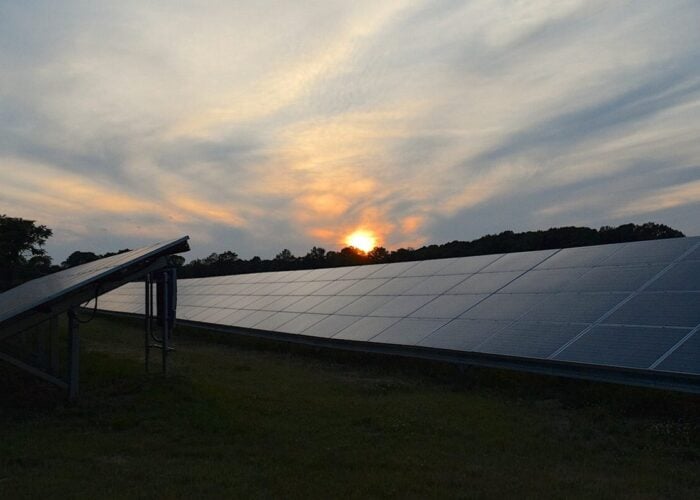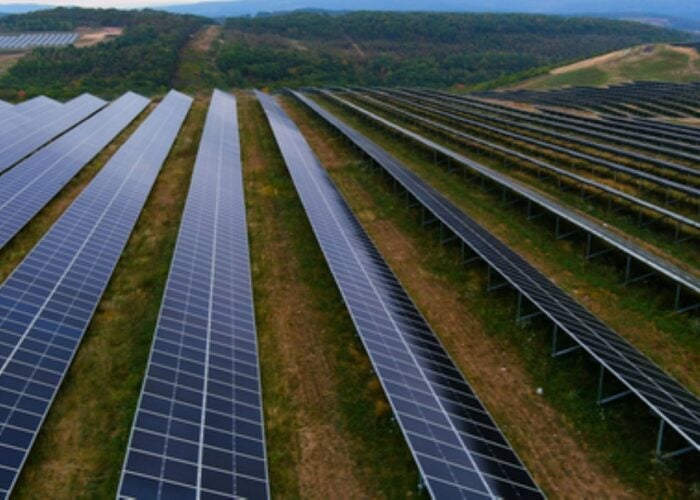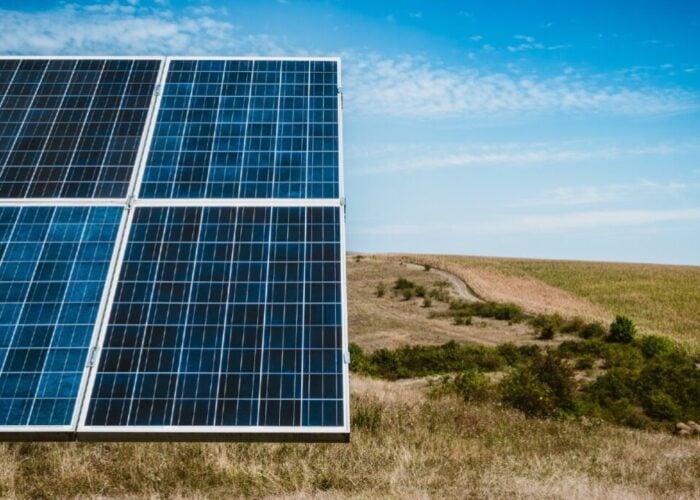
UK renewables developer Elements Green has secured €80 million (US$93.5 million) in financing from Danish investment firm Copenhagen Infrastructure Partners (CIP).
As per the platform financing agreement, the funds will be used to develop Elements’ 13GW pipeline of solar and battery energy storage system (BESS) projects. The funding was structured through CIP’s Green Credit Fund I (CI GCF I). Launched in February 2022 with €320 million in seed capital, CI GCF I reached its €1 billion target at final close in October 2023.
Try Premium for just $1
- Full premium access for the first month at only $1
- Converts to an annual rate after 30 days unless cancelled
- Cancel anytime during the trial period
Premium Benefits
- Expert industry analysis and interviews
- Digital access to PV Tech Power journal
- Exclusive event discounts
Or get the full Premium subscription right away
Or continue reading this article for free
The financing will be deployed across a diversified pipeline, with proceeds focused on development, construction, and acquisition.
James Gates, CIO at Elements Green said that the partnership with CIP is “necessary to accelerate and expand the company’s project pipeline, while maintaining long-term control and ownership” as Elements Green progresses to become an independent power producer (IPP).
Last year, Elements Green unveiled plans to transform its 800MW solar generation plant in Newark, Nottinghamshire into the Great North Road Solar and Biodiversity Park. The company partnered with the RSPB, Sherwood Forest Trust, Nottinghamshire Wildlife Trust, and the Trent Rivers Trust to ensure the Great North Road Solar Park delivers environmental benefits alongside clean energy. To reflect this commitment, the project was renamed the ‘Great North Road Solar and Biodiversity Park.’
As part of this vision, the firm also announced that the site would become “the UK’s largest solar farm” to incorporate grazing, with nearly 4,000 sheep expected to manage vegetation across the park once it becomes operational in 2027 – with the flock potentially growing to 9,000 after lambing.






